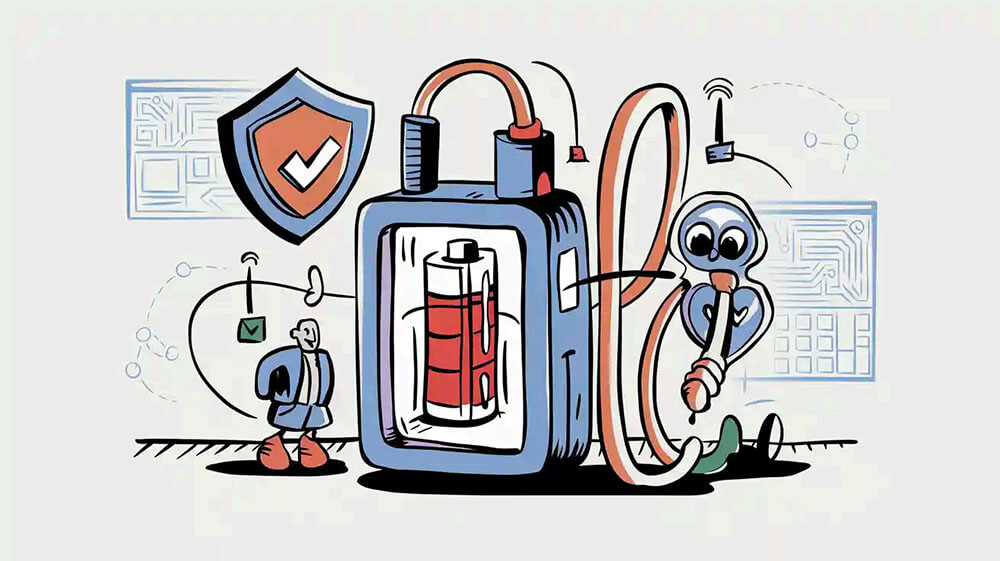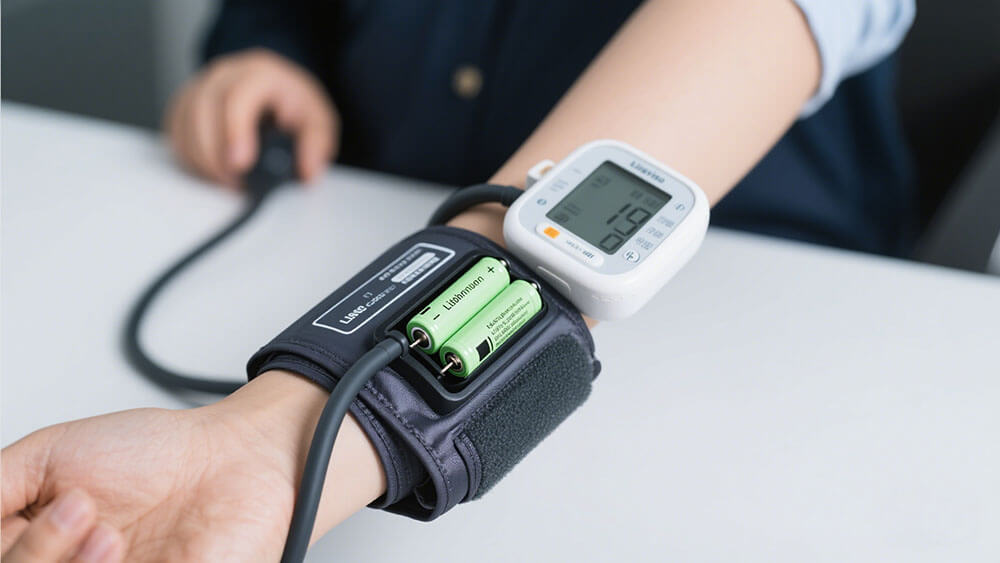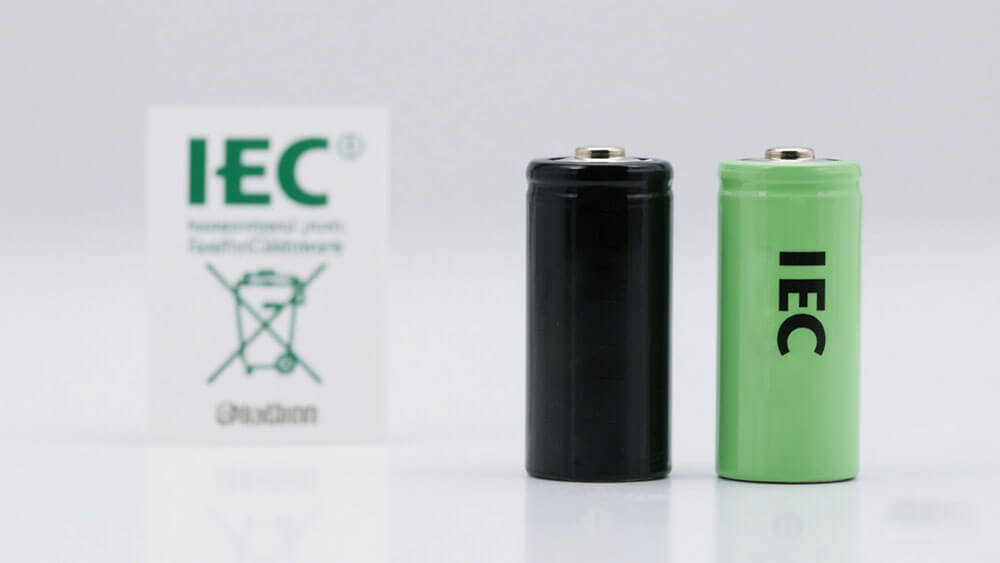Contents

The safety of lithium batteries is essential for ensuring the performance and reliability of medical devices. Adhering to stringent safety standards like IEC 60601 and lithium battery compliance significantly improves the quality management of medical devices. These fundamental requirements protect both patients and healthcare professionals by mitigating potential risks associated with device operation and energy storage.
Key Takeaways
Lithium batteries are important for medical devices but can be risky. They can overheat, so knowing these risks helps keep patients safe.
Following IEC 60601 rules makes sure batteries work safely and reliably. This reduces dangers for patients and healthcare workers.

Part 1: Risks and Challenges of Lithium Batteries in Medical Devices
1.1 Unique Risks of Lithium Batteries in Medical Applications
Lithium batteries in medical devices present unique risks due to their critical role in life-sustaining equipment. Devices such as pacemakers, insulin pumps, and defibrillators rely on consistent power delivery to ensure patient safety. However, the high energy density of lithium batteries, while advantageous for compact designs, also increases the likelihood of thermal runaway—a chain reaction that can lead to overheating, fire, or even explosions. For instance, in 2023, the FDA recalled an Abbott glucose monitoring system due to fire risks from improper charging, impacting over 4.2 million devices. Such incidents highlight the importance of robust safety measures in battery design and usage.
Thermal runaway poses a significant challenge, especially in multi-cell battery packs. The propagation of failures from one cell to another can result in catastrophic outcomes. Advanced testing methods, such as Accelerating Rate Calorimetry (ARC) and Fractional Thermal Runaway Calorimeter (FTRC), help estimate the energy released during these events. These techniques provide valuable insights into battery behavior under stress, enabling manufacturers to implement preventive measures.
Additionally, improper charging practices and manufacturing defects can exacerbate risks. A tragic example occurred in May 2022 when a battery defect in the Abbott HeartMate 3 device caused an explosion, leading to fatalities. Such incidents underscore the need for stringent compliance with standards like IEC 60601 to mitigate risks and ensure reliability.
1.2 Differences Between Implantable and External Medical Devices
The risks associated with lithium batteries vary significantly between implantable devices and external medical equipment. Implantable devices, such as pacemakers and neurostimulators, require batteries with exceptional reliability and longevity. These batteries must operate flawlessly within the human body, often for years, without the possibility of replacement. The confined environment of the human body adds another layer of complexity, as heat dissipation and gas release during thermal runaway are not feasible. Manufacturers must prioritize safety features like pressure relief mechanisms and thermal stability to address these challenges.
To mitigate these risks, you should adopt a proactive approach. Analyze battery-related complaints, determine root causes using error reports, and implement corrective measures. By adhering to IEC 60601 standards and leveraging advanced testing methods, you can enhance the safety and reliability of lithium batteries in medical devices.

Part 2: IEC 60601 and Lithium Battery Safety Standards
2.1 Overview of IEC 60601 Standards for Lithium Battery of Medical Devices
The IEC 60601 standard serves as a cornerstone for ensuring the safety and performance of medical devices. It provides a comprehensive framework for manufacturers to design and test devices that meet stringent safety requirements. For lithium batteries, compliance with IEC 60601 ensures that these energy storage systems can operate reliably under various conditions, minimizing risks to patients and healthcare professionals.
The standard emphasizes the integration of secondary battery safety measures, particularly through compliance with IEC 62133-2:2017. This updated standard mandates the inclusion of Protection Circuit Modules (PCMs) in testing, addressing gaps in earlier versions.
2.2 Core Requirements of IEC 60601 for Lithium Battery-Powered Medical Devices
Electrical Safety and Leakage Current Control
Leakage Current Limits: Lithium battery-powered devices must ensure leakage currents in patient-connected parts meet strict thresholds. For example:
BF-Type Application (body surface contact): ≤100μA (normal condition), ≤500μA (single-fault condition).
CF-Type Application (direct cardiac contact): ≤10μA (normal condition), ≤50μA (fault condition).
Design Measures: Use isolation power modules with low coupling capacitance (e.g., DC/DC converters like RECOM’s RxxP2xx series, with coupling capacitance as low as 5pF) to minimize leakage currents.
Insulation and Isolation Levels
MOPP (Means of Patient Protection): Devices involving patient contact must meet at least 2×MOPP (dual patient protection), requiring:
Isolation Voltage: ≥4000 VAC (e.g., isolation modules must pass HIPOT testing).
Creepage and Clearance Distances: Determined by operating voltage and pollution degree. For example, a 250V system requires ≥8mm creepage distance (Pollution Degree 2).
Typical Solution: Pre-certified medical-grade isolation modules (e.g., TRACO TPP series) with dual isolation and 5000 VAC isolation voltage.
Electromagnetic Compatibility (EMC)
IEC 60601-1 4th Edition mandates stricter immunity tests:
Electrostatic Discharge (ESD): ±8kV (contact), ±15kV (air discharge).
Radiated RF Immunity: 10V/m (80MHz–2.7GHz).
Design Strategy: Add common-mode filters and shielding layers (e.g., TDK’s CeraShield filters) to suppress high-frequency noise in lithium battery circuits.
IEC 60601 establishes a comprehensive safety framework for lithium batteries in medical devices, requiring compliance in electrical isolation, thermal management, and EMC. Designers should:
Prioritize pre-certified medical-grade components.
Conduct rigorous system-level testing (leakage current, HIPOT).
Embrace emerging technologies (e.g., solid-state batteries) for competitive advantage.
By aligning compliance with innovation, lithium battery-powered medical devices can achieve optimal safety and performance.
2.3 Design Features for Safety and Reliability in Medical Devices
Designing lithium batteries for medical devices requires a focus on safety and reliability. Incorporating advanced features can significantly reduce risks and enhance performance. Key design considerations include:
Protection Circuit Modules (PCMs): These components prevent overcharging, over-discharging, and short circuits, ensuring the battery operates within safe parameters.
Thermal Management Systems: Effective heat dissipation mechanisms, such as thermal pads and heat sinks, help maintain optimal operating temperatures.
Redundant Safety Features: Multiple layers of protection, including pressure relief valves and thermal fuses, provide additional safeguards against failure.
By prioritizing these design features, you can create lithium battery systems that meet the stringent requirements of IEC 60601 and lithium battery compliance. This approach not only enhances safety but also improves the overall reliability of medical devices.
2.4 IEC 60601 vs. IEC 62133: Comprehensive Comparison and Synergy in Lithium Battery Applications for Medical Device
Scope and Core Objectives
Standard | IEC 60601-1 | IEC 62133 |
|---|---|---|
Scope | Overall safety and performance of medical electrical equipment | Safety requirements for portable lithium-ion batteries (cells and packs) |
Primary Objective | Ensure safety for patients, operators, and environment (electrical shock prevention, EMC) | Prevent physical/chemical risks (thermal runaway, explosion, leakage) |
Relationship | System-level safety framework for medical devices | Foundation for b |
Key Parameter Requirements
Parameter | IEC 60601-1 | IEC 62133 |
|---|---|---|
Leakage Current | CF-type applications: ≤10μA (normal), ≤50μA (fault) | Not directly specified, but requires BMS support |
Isolation Level | 2×MOPP (dual patient protection) | Battery IP rating (e.g., IPX4 for water resistance) |
Cycle Life | System-level requirement (e.g., ≥500 cycles) | Cell-level requirement (e.g., ≥300 cycles, ≥ |
IEC 60601-1 and IEC 62133 are dual pillars for lithium battery safety in medical devices:
IEC 62133 ensures intrinsic battery safety; IEC 60601-1 ensures system-level compliance.
Key Strategies:
Pre-certified Components: Prioritize IEC 62133-certified batteries and medical-grade power modules.
System-Level Testing: Focus on leakage current, isolation, and EMC immunity.
Lifecycle Management: Monitor battery performance and safety from design to disposal.
Adhering to IEC 60601 standards ensures the safety and reliability of lithium batteries in medical devices. These regulations provide a robust framework for mitigating risks and enhancing device performance. By embracing innovation and implementing best practices, you can meet compliance requirements while improving operational efficiency. For tailored solutions, consult experts at Large Power.
FAQ
1. What are the key safety features to consider in lithium batteries for medical devices?
Focus on protection circuit modules, thermal management systems, and redundant safety mechanisms. These features enhance reliability and prevent failures in critical devices.
2. How often should lithium batteries in medical devices undergo maintenance?
Perform daily state-of-charge checks and monthly state-of-health assessments. Regular maintenance ensures long-term safety and optimal performance of the devices.
3. Why choose Large Power for custom lithium battery solutions?
Large Power specializes in tailored lithium battery solutions for medical devices. Consult experts for reliable, compliant, and innovative designs.





